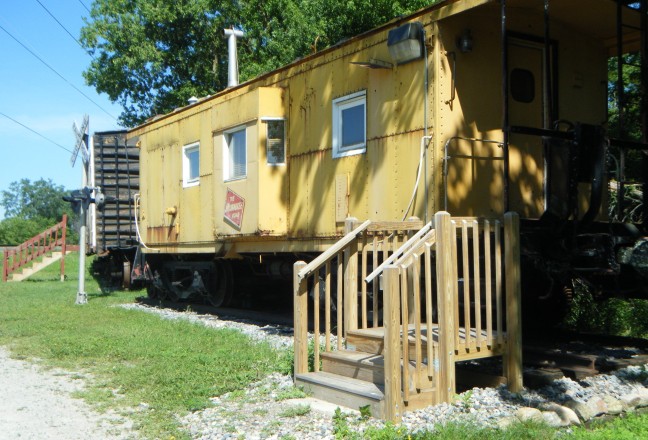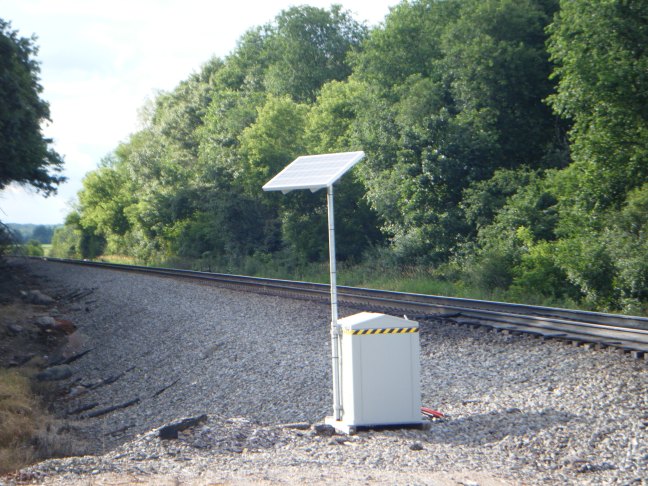In a surprise move today, the Honolulu Authority for Rapid Transit (HART) management issued a press release with its top resolutions for the new year. According to Andrew Robbins, HART’s Executive Director and Chief Executive Officer, “We admit we were headed down the wrong track and need to turn things around.”
Outside consultants from various professions were given a flat-rate contract to help HART develop the resolutions and an implementation plan. The contract disallows change orders and requires updates until rail is built. The contract end date was not specified but is now estimated to be December 2030.
The resolutions are as follows:
Resolution 1 – to provide complete and consistent information to the HART board, Honolulu City Council, state legislators, mayor and the public;
Resolution 2 – to mitigate the risk of fraud, waste and abuse by implementing a whistleblower hotline and fraud policy and adequately funding the new internal auditor function;
Resolution 3 – to implement strategies to stay within budget, including a redesign of the remaining rail stations;
Resolution 4 – to fully cooperate with all auditing and investigating agencies; and
Resolution 5 – to discontinue spending taxpayer money trying to sell the public on rail.
Initial reactions to the resolutions were positive. Ikaika Anderson, Chair of the Honolulu City Council said, “We look forward to getting correct and timely information, so we can make good decisions on behalf of the residents and taxpayers of Oahu.”
Anderson said that includes the affordability limits for the public-private partnership (P3) contract for the City Center Guideway and Stations, Pearl Highlands parking garage and 30 years of operations and maintenance. The affordability limits were provided to the potential bidders as well as Mayor Kirk Caldwell months ago.
Panos Prevedouros, University of Hawaii Professor and Chair of the Civil and Environmental Engineering Office, said, “This is definitely good news. It shows HART has finally listened to concerns I and others have been raising for over a decade.”
As part of HART’s strategy to meet budget requirements, station designs are being overhauled. After analysis of ridership updates and consideration of ride-sharing and other changes in transportation, “we felt it would be best to scale back station platforms,” said Robbins.

New station design takes into account rail’s budget and reduced ridership estimates.
When asked about the resolutions, HART Board Chairman Tobias “Toby” Martyn responded, “Since I’ve taken the reins, we have reviewed the history of this rail project. The board will be taking a more active role in the oversight of rail construction and will be setting a strong tone at the top that fraud, waste and abuse are not acceptable.”
Martyn further stated that the board will ask councilmembers to reduce and reallocate some amounts from next year’s budget, including decreasing the number of public information staff from eight to a more reasonable two. Staffing for the new internal auditor function will be increased.
After years of speculation about rail’s power source, HART representatives confirmed rail will be run by 100% renewable energy. Designs for the power sources came from the Mainland, where freight trains often rely on these power generating systems.

Power for rail will come from about 1,000 solar panel stations along the 20-mile route.
A HART representative also confirmed that HART board members as well as Mayor Caldwell and Honolulu City Councilmembers have committed to regularly riding rail and have already purchased their HOLO cards. They will be provided special parking spots at various points along rail.
 Reserved parking will be available for HART board members and certain other elected officials.
Reserved parking will be available for HART board members and certain other elected officials.
* This is satire and meant for entertainment and wishful thinking purposes only.
